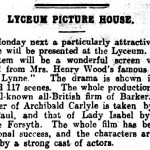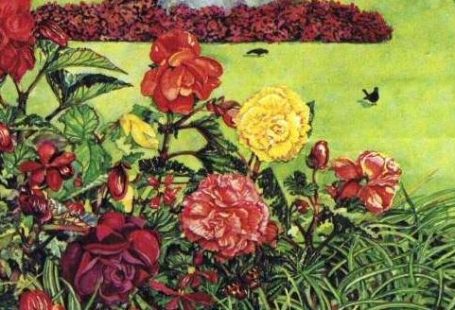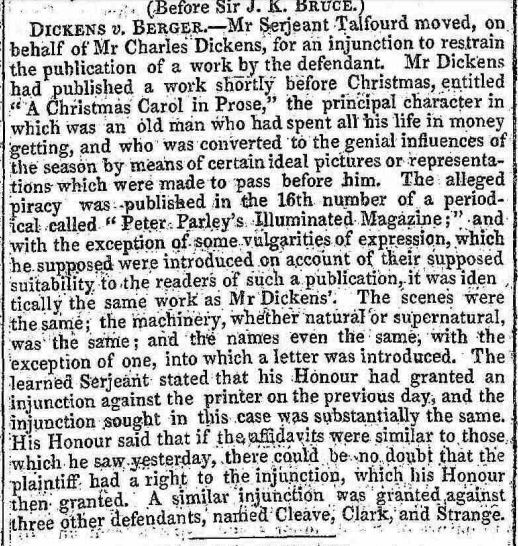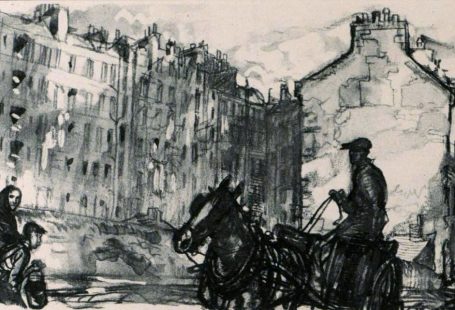We have all fallen victim to superstitions. I avoid walking under ladders, never open an umbrella indoors, and dread spilling salt at the table. Even Napoleon was influenced by superstitions. Once when he was separated from his beloved Josephine, a picture of her fell over, and with haste, Napoleon sent a message to Josephine to make sure she was well. A look through The British Newspaper Archive proves that people of all walks of life have been touched by fear of Friday the 13th. The Aberdeen Press and Journal called it a Friday the 13th jinx when not one but four flights scheduled to fly after 7pm were delayed or cancelled due to mechanical failures.

In November 1931, the Aquitania, a ship carrying Mr Bennett, the Canadian Prime Minister, refused to sail on Friday the 13th and waited until one minute passed midnight to begin its voyage.

Throughout history and folklore, 13 has been known to be an unlucky number whether it is because there was 13 people at the last supper, including Jesus’ double-crossing 13th apostle Judas Iscariot or Loki, the god of mischief and the 13th guest at Valhalla where he killed the god of joy. Likewise, Friday has long been known to be an unlucky day. Therefore, the combination of the two could only be a day of misfortune.
However, not everyone was willing to bend to such superstitions. In defiance of such bad omens, groups of people who stood up to superstition formed thirteen clubs. They gathered regularly to confront superstition and cheat death by walking under ladders and spilling salt.
In 1882, a Civil War veteran, Captain William Fowler, who survived 13 battles, started the first Thirteen Club to challenge all superstitions. The first meeting took place on 13 January 1882 in the 13th room of Fowler’s Knickerbocker Cottage in New York. The club grew in popularity and notoriety, boasting a number of US presidents among its members. During each gathering, money was raised for local charities and associations. Not wanting to miss the latest social trend, London started its own club in 1890. The London Thirteen Club was established by William H Blanch, a writer and historian.
The club hosted numerous unconventional dinner parties. The tables were decorated with mirrors for the guests to break, small coffins, and peacock feathers, known to be unlucky because they are marked with the evil eye. The guests were directed to walk under a ladder to get to their tables which were always set for 13 diners. In 1894, at one dinner at the Holborn Restaurant (in the 13th room, of course) two diners were absent. To ensure that they did not break one of the chief club rules, two waiters were recruited to dine with the members and the table of 11 became 13.
The guests were encouraged to spill salt but never allowed to throw it over their left shoulder. At another lunch, the guests were given umbrellas to open indoors. In this photograph from the Dundee Evening Telegraph, you can see the club members standing indoors with their umbrellas opened and a ladder positioned over the door.

At another event of the Thirteen Club in the Green Park Hotel, two donkeys were invited so that the members could toast them. An action which is considered unlucky in Sardinia.

The London Thirteen Club tackled unfounded fears outside of their lunches. In 1930, the members debunked a curse when they moved a stone tablet commemorating the murder of a sailor at Devil’s Punch Bowl in Hindhead. The stone was inscribed, ‘Cursed be the man who injureth or removeth this stone’.

The club believed it was their duty to combat superstitions. Dr Weldon, the headmaster of Harrow, told the members that, ‘Superstition has been the bane of human life, and I am only too glad that you should slay it’. The club was offered free tickets on the Oriental Express from Paris to Vienna, as long as they agreed to travel in car number 13. The manager needed to demonstrate to passengers, who refused to travel in that ominous car, that their fears were completely unfounded.
As the club grew in popularity from the 1890s through to the 1930s, other branches opened up around the world including a Russian Thirteen Club. However, not all the clubs were as fortunate as their London counterpart. In 1919, the Yorkshire Evening Post published a warning to The London Thirteen Club from a thirteen club in Bridgeport, Connecticut. A day after their first meeting with 13 members, one member committed suicide. Another member, a journalist, wrote a humourous account of the club, but died the morning it was published. Ten other members died mysteriously. At the time the warning was published, the club had one remaining member who refused to admit he was a member of the fatal club.
Both the London and New York clubs bragged that their members were always healthy and prosperous. When asked if anything ever happened to the club’s members, Mr W H Blanch, the founder of he London Thirteen Club, said that only one had died since the club was established four years earlier and that particular member had not paid his subscription.
Read more about the Thirteen Club and their outrageous dinners and lunches.
Gloucester Citizen – Monday 15 January 1894
Wellington Journal – Saturday 20 January 1894
London Evening Standard – Thursday 14 March 1895
Yorkshire Evening Post – Saturday 08 March 1919
Lancashire Evening Post – Wednesday 02 April 1930







